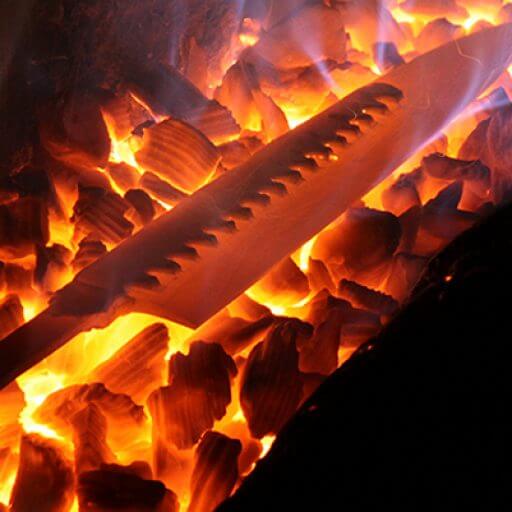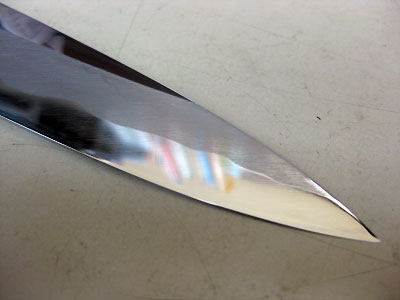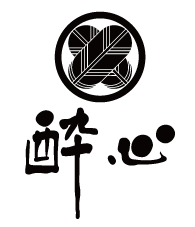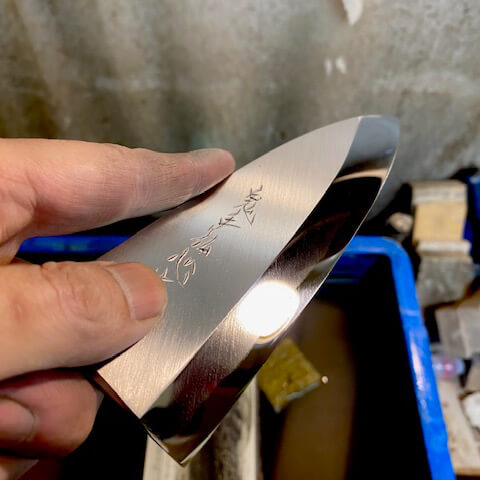Understanding the Hira of a Kitchen Knife
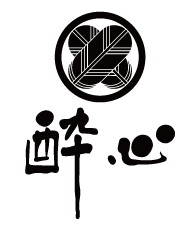
Selecting a kitchen knife involves considering various factors. The condition of the back bevel, the shinogi line, the aike, balance, and many more. Surprisingly, one lesser-known aspect is discerning the “hira,” the flat area where the knife is inscribed. This part significantly influences the ease of sharpening in daily use.
Here’s an anecdote from when I repaired a deba knife recently. Deba knives are usually straightforward for me to sharpen, as I’ve established a pattern that results in a quick and clean finish. However, the deba knife I received this time didn’t cooperate. It just didn’t feel right, no matter what I tried. Something seemed off.
After hours of struggling and attempting various fixes, I realized it was a trap. No matter what I did, the knife kept reverting to the same problematic state. Eventually, I had to return the repaired knife without charging any fees, as it wasn’t up to standard.
When I discussed this with a fellow craftsman, he pointed out that the issue might lie with the hira. If the hira isn’t properly formed, no matter how well you sharpen the knife, it won’t perform as expected. It seems that a young chef had a similar problem and found relief after having the hira reshaped by a skilled craftsman.
Ideally, knives should be repaired in this manner, but I suppose appearance often takes precedence. Striving for perfection can be time-consuming and labor-intensive, which inevitably leads to higher costs. This underscores the importance of understanding the hira’s significance. It’s difficult to explain in writing, but perhaps there will be another opportunity to discuss it further.
Hibishugyo
- 2009-02-16
